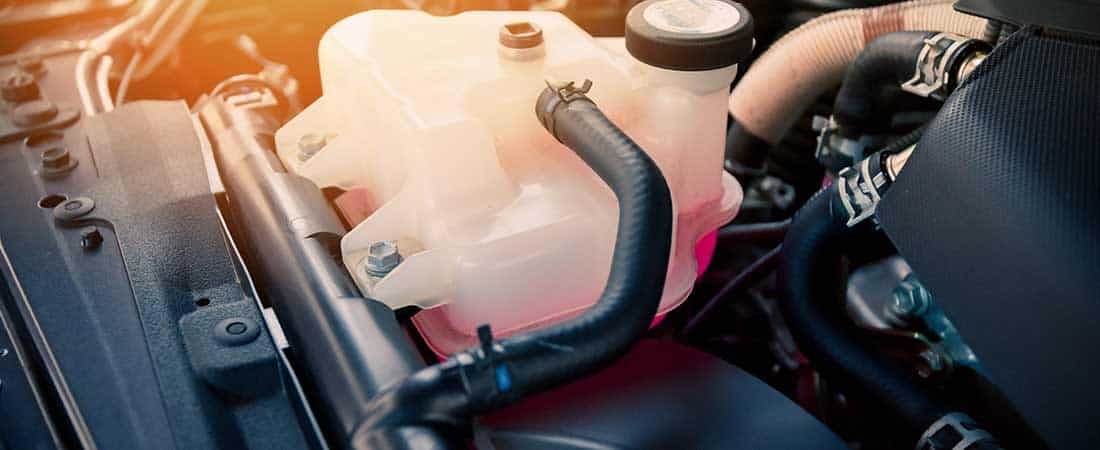Affordable Service for Your Car Cooling System Chicago – 773-539-5858 – Triangle Auto Service
If your Car Cooling System Chicago needs service bring it on in to our shop at 4060 North Elston Avenue for prompt solutions that can restore optimal function at affordable rates.
Car Cooling System Chicago – How It Works
A standard four cylinder car traveling at 50 miles per hour produces about 4000 controlled explosions every minute within its engine while the spark plugs ignite fuel in the cylinders to power the car into motion. These mini-explosions generate a lot of heat that – if not properly managed – would damage the engine in just a few minutes. It’s the task of the Car Cooling System Chicago to control this heat.
If engine temperature gets too low it causes fuel mileage to decline and emissions to increase. Alternatively, if the temperature gets too hot the engine will simply fail.
The majority of cars, trucks, SUVs and motorcycles on the roads these days use liquid-cooled (rather than air-cooled) systems. The standard Car Cooling System Chicago consists of passages within the engine block and the heads, a water pump for circulating coolant, a thermostat for controlling coolant temperature, and a radiator and radiator cap and hoses to direct the coolant out of the engine into the radiator. Heated coolant also serves to warm the vehicle’s interior in cold weather.
As coolant moves through the engine passageways, it collects heat. Then the (heated) coolant moves through the hoses into the radiator. As this circulation takes place, the heated liquid gets cooled by the air flow coming in to the engine area through the grill at the front of the vehicle. After it’s cooled the fluid moves back into the engine to absorb heat all over again. It’s the water pump’s role to keep the coolant fluid flowing through the vehicle’s “plumbing” and passageways. The coolant (antifreeze) that moves through the engine has to withstand temperature swings that go from sub-zero to over 250 degrees without starting to boil.
Coolant in modern vehicles is a blend of ethylene glycol and water. The suggested mix is 50/50. This is basically the minimum recommendation for vehicle engines. In extreme weather climates where temperatures can fall far below zero, it is acceptable to use a blend of 75 percent antifreeze and 25 percent water.
Car Cooling System Chicago – The Radiator
Radiator cores are typically made from flat aluminum tubing with strips that crisscross between the tubes. These fin-shaped structures serve to transfer heat within the tubing outward into the air to be carried off and away from the car. On both ends of the core is the radiator’s tank, often manufactured of plastic. On the majority of contemporary radiators, the tubing is positioned with the tank on either side. On some vehicles though, the tubes actually sit vertically with the tank up on top and on the bottom. On older model vehicles, the radiator core was manufactured from copper and the tanks were made of brass.
The modern aluminum-plastic product is more efficient and less costly to make. On radiators that have plastic end caps there are gaskets in between the core and the tanks to seal off the system and prevent fluid leaks.
Because the Car Cooling System Chicago is sealed, the expansion results in increased pressure inside the system – but this is standard and by design. When engine coolant is under pressure the temperature point where boiling starts is much higher. This pressure, in conjunction with the raised boiling point, enables the coolant to reach temperatures of around 250 degrees safely.
Schedule professional Car Cooling System Chicago service today at Triangle Auto Service – 773-539-5858.


